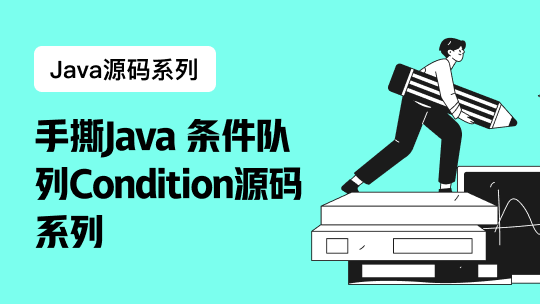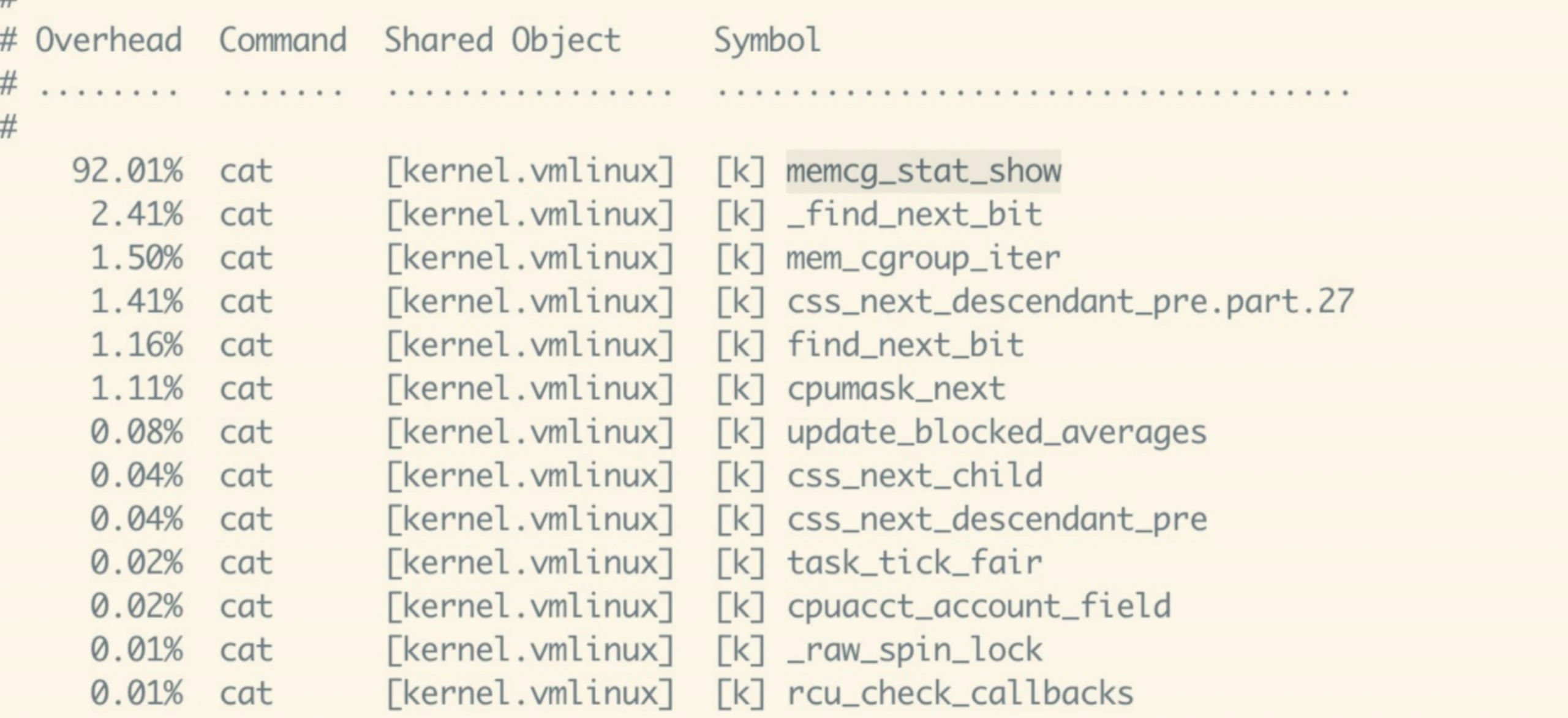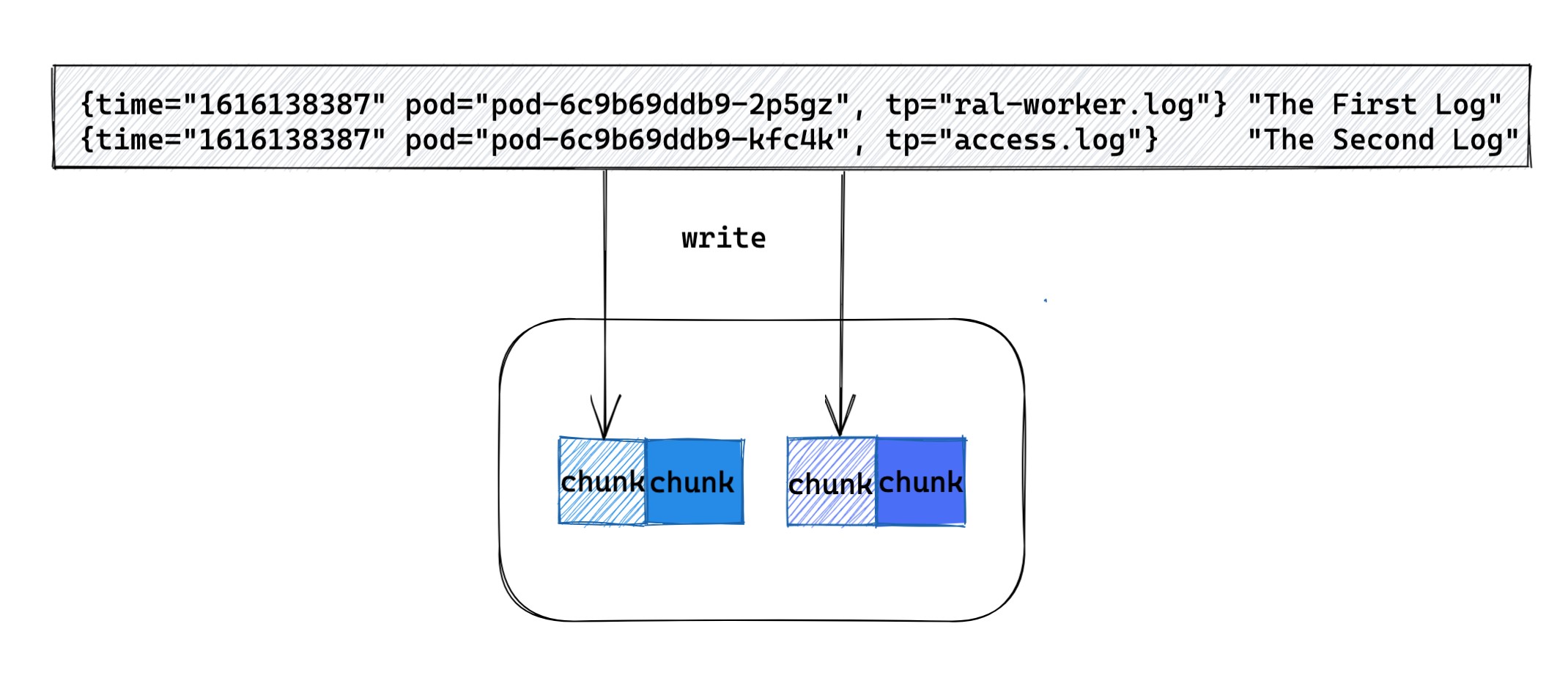代写CSE105作业、代做Java程序语言作业、代写JFrame window留学生作业
CSE105 Coursework 3 2018
Design and code a garden design application in Java. It should graphically display
a ‘garden’ in a JFrame window.
The ‘garden 'is contained in a JFrame. It should contain other components
for graphics, painting etc.
It can have a blank background, or pretty grass/a texture.
It will contain flowerbeds.
Flowerbeds display rows of flowers. They can be all the same, or mixed.
If mixed, they could be in patterns, or random. The example below shows
2 plain flowerbeds at the top, and 2 flowerbed patterns below
It is possible to achieve a maximum of 80% without displaying flowers in
patterns (ie plain beds with only one type of flower per bed). This would
be a good approach for students who have lower coding skills.
You should pay attention to applying principles of OOP as taught this semester,
particularly class design and structure. You may re-use and re-purpose code and
classes developed and used (by you) in the Labs this semester.
An example of a garden with 4 flowerbeds is shown below. Do not copy it!
The application is controlled via a standard command-line menu system, which
allows for the following functionality:
Add flowerbed
Remove flowerbed
Save and exit
Resources
Your application will contain a directory (folder) containing a number of suitable
graphic files of flowers (up to 10). These flowers should be suitable in terms of
size, background-transparency etc.
Your submitted application MUST include a text file which will load a
garden on startup. The garden must contain at least four flowerbeds
containing different flowers. If you do not include this, 40 points are
immediately deducted.
Task Requirements
It should have the following functionality from a menu input system:
Flowerbed Display (10%)
This is a JFrame window, containing a number of components (panels). Each
component is a flowerbed displaying flowers, as shown in the example
screenshot above. The number of rows and columns depends on the size of the
flower images. When flowerbeds are added and removed, the display should be
updated.
Add Flowerbed (20%)
The user must be able to add a flowerbed to the display. They should be able to
specify:
- Flowerbed size, setting the height and width of the flowerbed.
- Flowerbed location, setting the position on screen (x and y co-ordinates).
- Type of flower (choosing from a menu of flower image file names, which
are in a folder in your application project folder).
To get full marks, they should also be able to display flowers in a pattern (as
shown in the lower flowerbeds in the screenshot above).
The user should be able to choose the type of pattern (eg squares or stripes)
And also the details of the pattern, eg:
Horizontal or vertical stripes?
How many flow different colours or flowers for the stripes?
Or similar details for squares etc.
Remove Flowerbed (5%)
Using a command line menu, the user can remove flowerbeds from the display.
How this is achieved is up to you. Top marks will go to solutions which identify
the flowerbeds available for removal in the clearest way.
Save and exit (5%)
The user should be able to select an exit option in the menu. This will
automatically save the current state of the garden to a text file and exit the
program. The file format must be a text (.txt) file.
Load file on startup (5%)
When the program is started, garden data should be automatically loaded from a
text file, and the display and flowerbeds should be restored to the state of the
program when it was last exited.
Menu Interface (10%)
This must be entirely menu driven, displayed through the console window and
with keyboard input and all user input must be fully validated. The menu must
be clear and usable, with prompts to the user so that it is obvious how to use the
program. The flower type menu options should be a list of the flower images in
the directory.
Input Validation and Exception handling (15%)
The user input must be fully validated. That means you should check for (and
recover from) user input of:
The wrong data type (eg float or string instead of int)
The wrong data range (eg negative or very large numbers for location or
width)
Blank input
If any exceptions are thrown as a result of wrong input (eg an int is required,
and a String or blank is input) the exception must be handled so that the
application doesn’t crash, and the user can recover the situation.
There should also be further validation that just the data type. For example,
bounds checking:
- Are the x, y values visible on screen?
- Are the size values within a reasonable range?
Design Document and Code Quality (30%)
A design document should be submitted. This should be a word document that
gives a simple UML diagram detailing the classes (their names, attributes,
methods), and also the relationships between them.
In addition, the code should follow clear conventions for variable names,
comments, indentation, and should be easily readable.
Core Task requirements (required to achieve 40%+)
The submitted file must be a valid NetBeans project folder, including all
resources.
The project must compile and run in Netbeans with no further configuration
and debugging.
The application you submit MUST include a text file to load a garden on
startup. The garden must contain at least four flowerbeds containing
different flowers. If you do not include this, 40 points are immediately
deducted.
The submission instructions must be followed exactly.
Submission
You must submit your work to the submissions drop-box on the CSE105 ICE
page before 8.00pm on 14th December 2018.
You must submit:
One design document (a Word document) with a simple UML diagram
detailing the classes and the relationships between them.
One .txt file for each .java class file. These documents must NOT be in a
ZIP or RAR archive. The file name must be the class name. Each file must
have your name/student number in a comment at the top.
One ZIP or RAR archive of your entire Netbeans project folder. Make
sure this contains ALL the resources your application needs to run,
including your flower image resources and a txt file to load a garden
on startup.
If your program does not compile and run from this zip file only, you
cannot pass (See Core Task Requirements). The zip file name must start
with your student number.http://www.6daixie.com/contents/9/2323.html
This assignment is individual work. Plagiarism (e.g. copying materials from
other sources without proper acknowledgement) is a serious academic
offence. Plagiarism and collusion will not be tolerated and will be dealt with in
accordance with the University Code of Practice on Academic Integrity.
Individual students may be invited to explain parts of their code in person, and if
they fail to demonstrate an understanding of the code, no credit will be given for
that part of the code.
因为专业,所以值得信赖。如有需要,请加QQ:99515681 或邮箱:99515681@qq.com
微信:codinghelp











